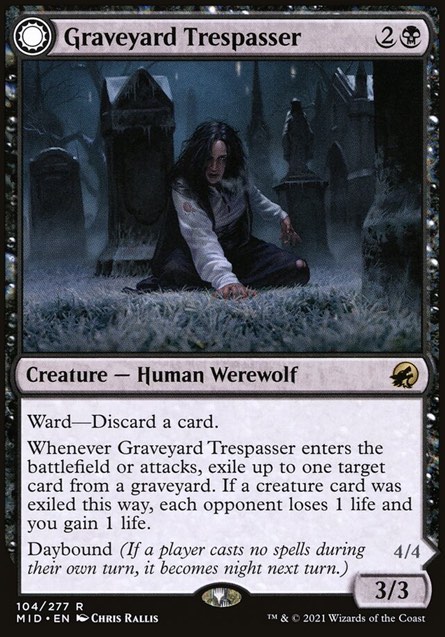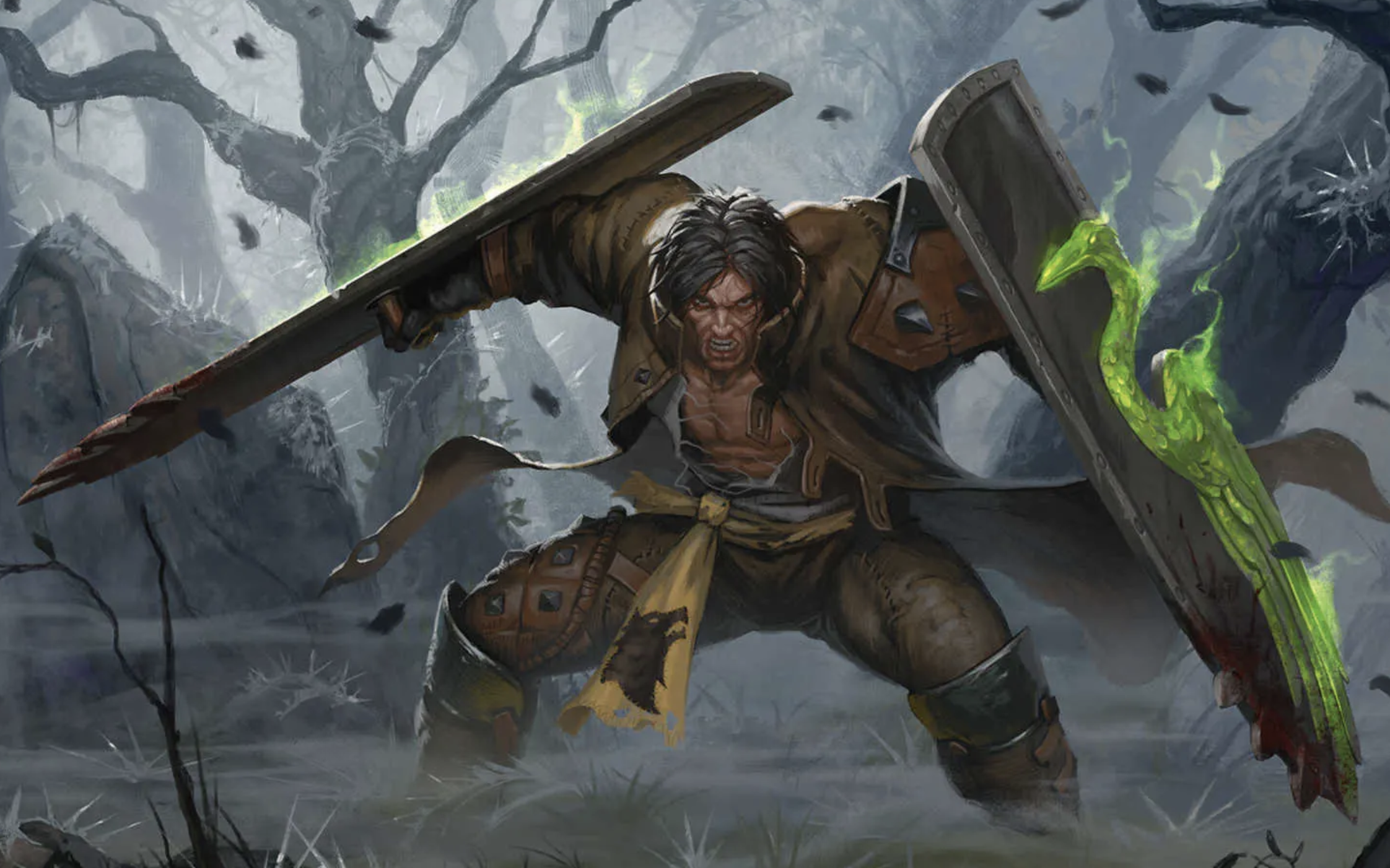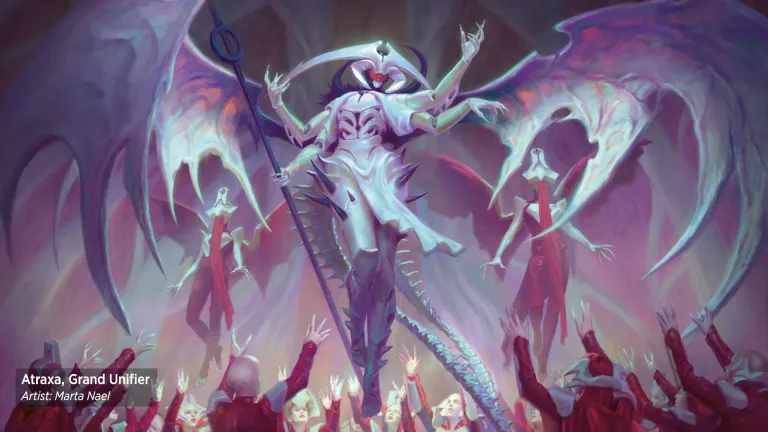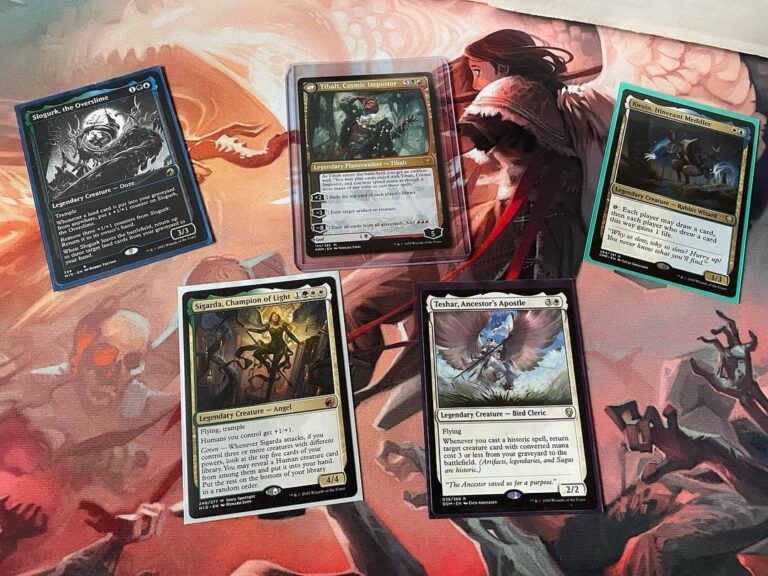Everything You Need To Know About Ward in MTG
In the realm of Magic: The Gathering (MTG), Ward stands as an Evergreen mechanic, capable of integration into every MTG set. However, it’s worth noting that this isn’t always the case, although Ward remains notably widespread. Consequently, acquiring a solid understanding of this mechanic is crucial to avoid unexpected surprises.
Debuting in Strixhaven: School of Magic, Ward finds its place on numerous contemporary MTG cards, making it a highly favored ability, particularly for safeguarding creatures. Given its versatile design, players of MTG should anticipate encountering a multitude of cards showcasing this mechanism in upcoming releases.
If the concept of this mechanic is unfamiliar, you might be wondering about its functioning at this point. Fortunately, we’re here to offer guidance. Without further delay, let’s delve into a comprehensive exploration of everything you should grasp about Ward in MTG!
What exactly is Ward in MTG?

Ward represents a game mechanic that furnishes an extra layer of defense to a card, irrespective of its card type. This mechanic compels the opposing player to make an added expenditure in order to target a creature with effects. This generally translates to an additional payment necessary for the elimination of the creature using a targeted spell. Sometimes, this cost is an increase in mana, while it could also involve expending life or discarding a card.
The obligation of paying the Ward cost arises when aiming the ability at the permanent. Should you opt not to comply, your spell will be negated by the Ward capability.
In instances where your spell is negated or otherwise handled after the Ward cost has been paid, the extra cost is not reimbursed. Consequently, thoughtful consideration must be given to how and where you employ your removal tactics.
While this may appear to be straightforward, it’s imperative to recognize that the Ward cost isn’t factored in during spell casting. Instead, Ward functions as a triggered effect that activates solely when the creature becomes a target. As a result, in MTG Arena, it might appear plausible to target a creature with Ward even if you lack sufficient mana.
In addition to this digital idiosyncrasy, when using physical cards, it’s easy to overlook the presence of Ward. Therefore, it becomes crucial to stay attentive to permanents possessing this trait to prevent any unwelcome surprises. Thankfully, in the Arena, players have the flexibility to reconsider and retract actions if an additional cost is mandated for spell casting.
Read Also: Top 5 Best Cards in MTG Commander
What are Ward Requirements?
Thanks to Lord of the Rings: Tales of Middle-earth, the concept of Ward costs is taking on added intricacy. This shift is primarily attributed to the introduction of new elements like Saruman of Many Colors and Sauron, the Dark Lord.
For the first time, we encounter Ward costs that aren’t straightforward to meet under most game conditions. While players might generally manage to cover additional mana or part with some cards, having a Legendary Artifact or Creature at hand won’t necessarily be a common occurrence. Consequently, targeting Sauron with spells can pose a significant challenge.
To clarify, if you’re unable to fulfill the Ward cost of a particular card, the triggering spell for Ward will be nullified. This essentially implies that cards like Sauron might remain immune to targeting for a considerable duration.
It’s important to keep in mind that aside from using removal that doesn’t rely on targeting, another way to bypass Ward is to employ spells that cannot be countered. Ward is ineffective against these spells, as failing to pay the Ward cost results in the spell being countered. An uncounterable spell can circumvent this by simply proceeding without paying the cost.
Ultimately, Ward stands as a potent mechanic, particularly impactful in Limited game scenarios. Fortunately, being an evergreen mechanic suggests that it’s unlikely to be overly exploited within a single MTG set. Nevertheless, it’s still prudent to remain attentive to it in order to prevent your own spells from fizzling out.
Conclusion
In conclusion, delving into the mechanics of Ward in Magic: The Gathering opens up a realm of strategic depth and tactical possibilities. With its presence expanding through sets like Lord of the Rings: Tales of Middle-earth, Ward costs have evolved into more intricate and challenging facets, adding layers to gameplay dynamics.
The introduction of figures like Saruman of Many Colors and Sauron, the Dark Lord, has redefined the strategic landscape, demanding players to navigate nuanced choices when dealing with these formidable Ward costs.
While the concept of Ward may seem complex, its impact is undeniable, especially in Limited environments where it can sway the tide of battles. As an evergreen mechanic, Ward continues to enrich the MTG experience without saturating it, ensuring its relevance across diverse sets.







